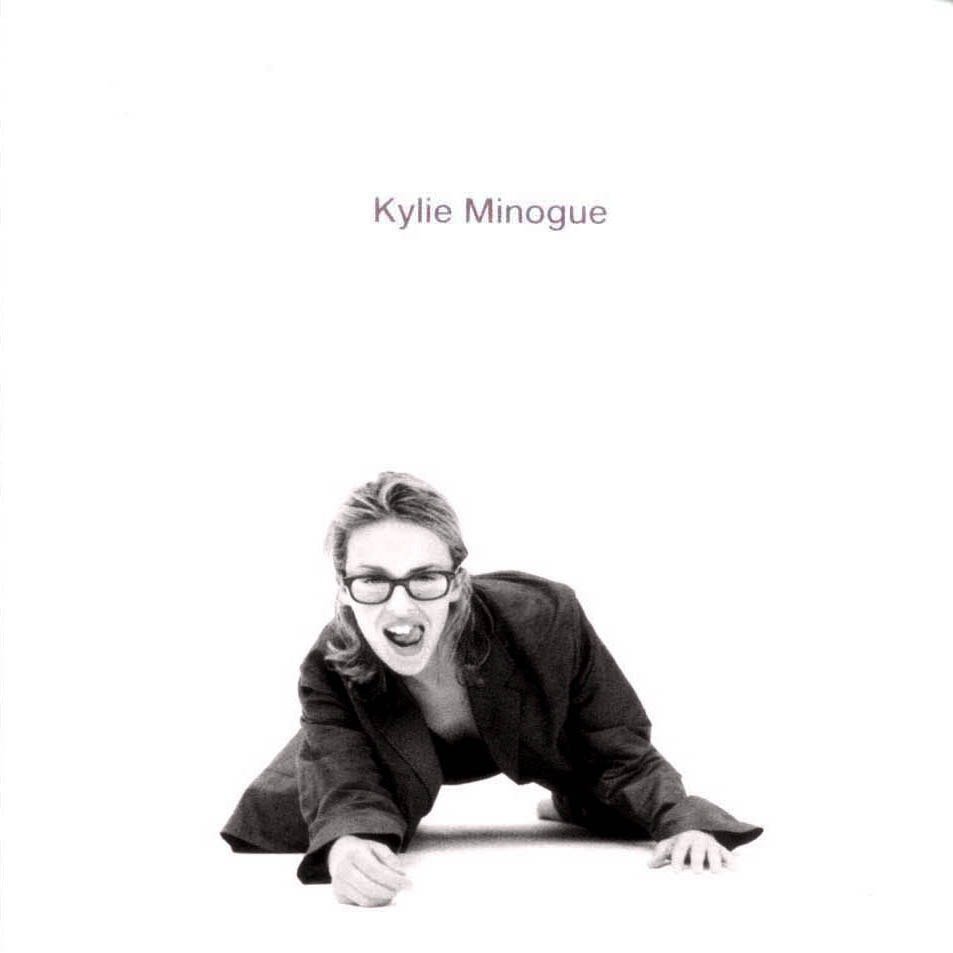Happy 25th Anniversary to Kylie Minogue’s sixth studio album Impossible Princess, originally released October 22, 1997.
August 1994. Australian actress turned pop vocalist Kylie Minogue releases “Confide in Me,” the launch single from her self-titled fifth album. The metamorphosis from Stock-Aitken-Waterman figurehead to credible singer was complete. Kylie Minogue (1994) was an album tempered by musical intelligence and artistic awareness. Its intention to be a cosmopolitan resurfacing of the face of Minogue’s music? Successful.
Appropriately, the only other place to go from the outside was inside one’s self to further ascend to next level status, creatively. Along the way, other signifiers, like Minogue’s 1995 murder ballad pairing with alt-ghoul Nick Cave (“Where the Wild Roses Grow”) and a transformative romance with French music video auteur Stéphane Sednaoui, helped this change actuate as Impossible Princess, Minogue’s sixth LP. The record’s title was indebted to Billy Childish’s 1994 book “Poems to Break the Hearts of Impossible Princesses,” gifted to Minogue by Mr. Cave himself.
For the first time, Minogue was writing for an entire project, even leading in co-writing alliances. The production principals behind Kylie Minogue―Steve Anderson and Dave Seaman, a.k.a. Brothers in Rhythm―returned to Minogue’s side, impressed by her wherewithal. Most of the record’s production was furnished by them, but there was new blood too. Manic Street Preachers onboarded to compose and (sonically) thrash with Minogue on Impossible Princess. Dave Ball (of Soft Cell and The Grid fame), Ingo Vauk, Dave Eringa and Rob Dougan rounded out the remaining co-writing and knob twisting on the LP.
Two years passed as the confessional long player was erected. Minogue, aged 29 by its conclusion, articulated her story of self-discovery accordingly.
Lyrically torrid, “Too Far,” “Did It Again” and “Dreams” see Minogue examining and (sometimes) attacking her own identity. The songs show a woman acknowledging her frailties and failings, but leaving the door open for personal renewal. Musically, these stories are channeled through a polychromatic prism of electronic and guitar based sounds. These sounds could be called “techno” or “Britpop,” but those terms are too small for the explosive unification of the Phil Spector symphonica and rock vigor of “Some Kind of Bliss” and “I Don’t Need Anyone.” “Techno” and “Britpop” cannot outline the bristling, electro-panic of “Drunk” or the Gaelic tribalism of “Cowboy Style.” “Cowboy Style,” like the synth-pop of “Breathe,” temporarily free Minogue from her contemplative spell long enough to muse on her affectionate liaison with Sednaoui.
Watch the Official Videos (Playlist):
Vocally visceral, Minogue’s instrument imbues “Tears” and “Love Takes Over Me,” album leftovers cast as B-sides to the eventuating singles for the record, with the dichotomous emotions of jubilation and aggravation. This singing approach is implemented throughout the record. As 1996 ended, Impossible Princess was teeming with energy across its 12 tracks, spring-loaded and ready to take on the world. But, the path to its unveiling was fraught with turmoil.
Two labels determined the album’s fate―Mushroom Records in Australia and BMG/deConstruction Records in Europe. Market uncertainty delayed Impossible Princess through much of 1997. But the most damning blow? The tragic death of Diana, Princess of Wales on August 31, 1997. The United Kingdom was gripped by grief, and it was decided that Mingoue’s record title could be misconstrued as disrespectful. Subsequently, it was rechristened as Kylie Minogue in the British and European territories, causing confusion. Its real moniker was restored in those areas by way of its deluxe reissue in 2003. Staggered release dates followed: October 22, 1997 (Japan), January 12, 1998 (Australia), March 28, 1998 (Britain).
Starting on September 8, 1997 and ending on October 5, 1998, four singles were formally released to sustain interest in the LP: “Some Kind of Bliss” (UK #22, AU #27), “Did It Again” (UK #14, AU #15), “Breathe” (UK #14, AU #23), and “Cowboy Style” (AU #39). Critically and commercially, Impossible Princess was championed on Australian shores. The British press and public on the other hand were unnecessarily vicious in their assessment.
Twenty-five years on, Impossible Princess received its flowers through numerous positive retrospective evaluations, especially in the United Kingdom where the record was never given a fair shake. Irrefutable was the record’s enduring influence―and that of the deConstruction epoch altogether―in how it closed the book on Minogue’s pre-fab past to allow her to re-write her future. But was Minogue ever as intimate and experimental again? Yes and no. That hunger to challenge herself wasn’t wholly absent from her output in the following decade, but commercial concerns occasionally subdued Minogue―until Golden (2018).
Like Impossible Princess before it, Minogue’s fourteenth record gave a fleeting glimpse into the mind and soul of one of pop’s most cunning chameleons. However, that first peek remains as gripping as it ever was.
Quentin Harrison’s Record Redux: Kylie Minogue, the fifth book in his Record Redux series, traces the rise of the Australian pop vocalist from soap actress star to international pop powerhouse by examining every single and studio album in her repertoire. Record Redux: Kylie Minogue follows previous entries from the Atlanta, Georgia based author centered on the Spice Girls, Carly Simon, Donna Summer and Madonna. Order Record Redux: Kylie Minogue here.
LISTEN:
Editor's note: this anniversary tribute was originally published in 2017 and has since been edited for accuracy and timeliness.
Enjoyed this article? Click/tap on the album covers to explore more about Kylie Minogue:





